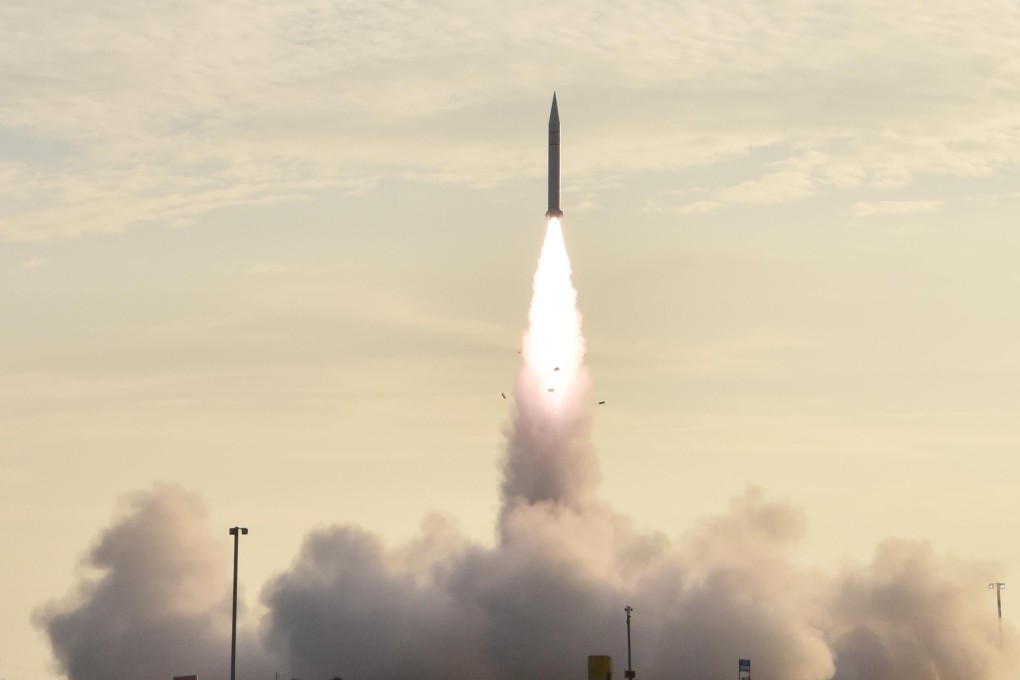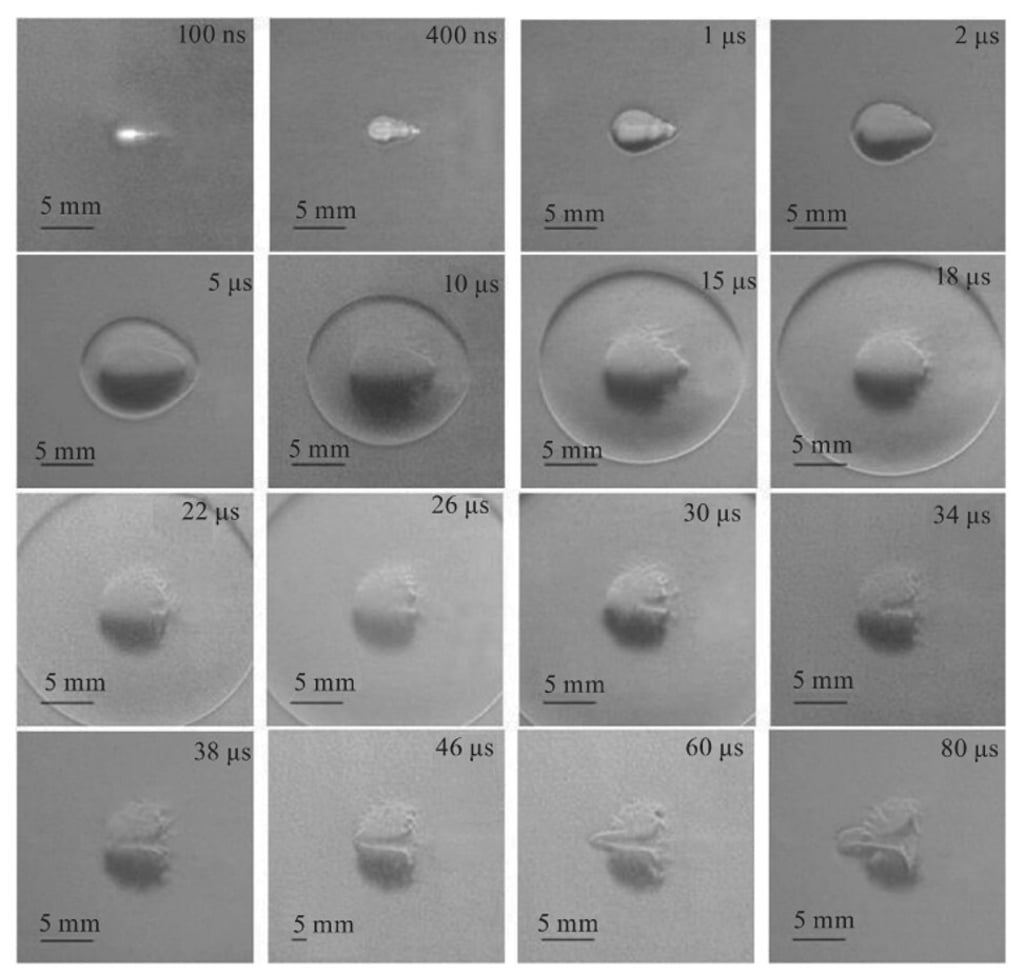Advertisement
China military scientists work on laser to improve hypersonic missile and plane speeds
- Device could help aircraft and missiles go faster and fly for longer, says Beijing’s Space Engineering University
- Air resistance ‘reduced by 70 per cent or more’, meaning potential for less fuel and safer flights
Reading Time:3 minutes
Why you can trust SCMP
13

China is developing a unique laser device for hypersonic military aircraft and missiles to fly faster and further, according to scientists involved in the project.
When travelling at hypersonic speed – five times the speed of sound, or beyond – planes and weapons usually meet a lot of resistance from the air, which can affect flight safety and increase the amount of fuel needed.
Streamlining their shape can help to reduce this resistance, known as “drag”, but further improvements need a more aggressive approach.
Advertisement
Now a team of laser experts at Beijing’s Space Engineering University have come up with a powerful laser gun mounted on the head of a hypersonic aircraft or missile, aimed not at an enemy but at the thin air molecules just ahead. The device can reduce air resistance by 70 per cent or more, according to researchers’ calculations.
Advertisement
The new technology “can change the shock wave structure in front of the hypersonic vehicle and then change the speed and pressure distribution to achieve drag reduction”, said Wang Diankai and colleagues in a paper published in the Chinese journal Laser and Infrared this month.
Advertisement
Select Voice
Choose your listening speed
Get through articles 2x faster
1.25x
250 WPM
Slow
Average
Fast
1.25x
